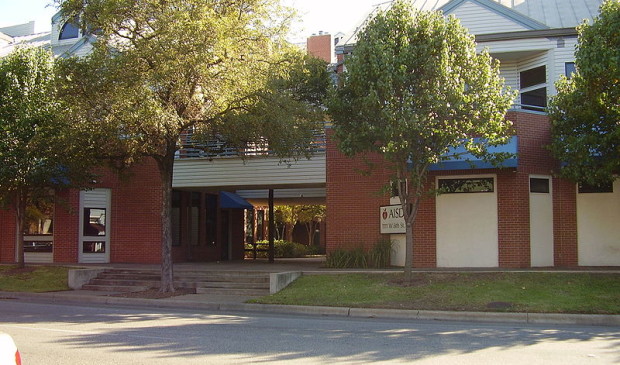Lack of program metrics could complicate AISD equity assessment
Monday, July 27, 2015 by
Courtney Griffin Austin Independent School District students have roughly 98 campus-based summer programs to choose from this year. However, there is no single reliable system tracking program-related student metrics. It’s a flaw that AISD Board Member Kendall Pace said could hinder the district’s attempt to assess equity in the coming months.
“We need to get a clear picture at the campus level,” she told the Austin Monitor, referring to AISD’s supplemental on-campus, after-school or summer programs. “And it’s not just about how much money we are spending (at each campus), but it’s about the goods and services, too. And we are far, far away from adequately measuring and tracking that.”
AISD’s administrative supervisor of partnerships, Sabine “BiNi” Foster, agreed. Foster is in charge of AISD’s partnerships with non- and for-profit youth service providers. She explained that AISD tracks information about these partnerships using data that are self-reported (by the partners) and therefore not necessarily reliable.
Moreover, the data lacks critical details. They include student enrollment numbers but not necessarily the types of services after-school and summer programs provide, nor volunteer hours, cost breakdowns, student attendance and program effectiveness. Foster also believes that sets of numbers pulled from multiple sources compound the problem.
“There’s not one system that encapsulates all the children and youth services and out-of-school time,” Foster told the Monitor. “There’s been some attempts and gains that have been made towards it, but we are just not quite there yet.”
Foster said that after-school and summer care in AISD is a “complex landscape” made up of services provided by nonprofits, for-profits or the district in partnership with either. The multiple budgets and disparate methods of characterizing services can make it hard to determine where funds from AISD, Travis County and/or the city of Austin are delivered, she said.
Foster used nonprofit service delivery as an example. According to her numbers, nearly 70 nonprofit organizations in AISD will deliver on-campus programming to 27,000 students this summer. But there might not actually be 27,000 individual students participating in that programming, she pointed out. Instead, there may be some students participating in multiple programs and getting counted more than once. There is no comprehensive way to track these students’ participation, she said.
In addition to those issues, Foster suggested that, without centralized data, the district can’t deploy programs strategically. A successful program at one campus isn’t necessarily replicated at another, she said. Further, AISD might find itself paying to replicate programs and services that already exist.
“We need to know … what schools need programs, which types and where are the gaps,” Foster said. “Often we think there’s gaps, but there’s already services and resources that could be deployed. We should be thinking in terms of using partners who already provide services and looking to put them in campuses and community-based sites where they’re needed.”
Foster hopes the problem will be solved in the next four years — despite the multiple attempts already made to correct the issue. A May contribution from the Michael & Susan Dell Foundation landed AISD a $192,000 grant to expand the district’s data-gathering systems and include programs provided by private, nonprofit and partner organizations. With additional resources from AISD, the initiative, known as the Electronic Child Study Team System through the AISD/MSDF data-connection pilot, has more than $300,000 in funding, Foster said.
By the end of June 2016, Foster hopes to have data-collection processes in place with a small number of program providers. The providers’ data, along with AISD’s student data, should offer the district more reporting capabilities. Still, Foster estimates that coordinating reliable data entry, working with multiple organizations and setting up the technological infrastructure for the centralized system will take up to four years to complete.
AISD headquarters building by WhisperToMe (Own work) [Public domain], via Wikimedia Commons.
You're a community leader
And we’re honored you look to us for serious, in-depth news. You know a strong community needs local and dedicated watchdog reporting. We’re here for you and that won’t change. Now will you take the powerful next step and support our nonprofit news organization?




